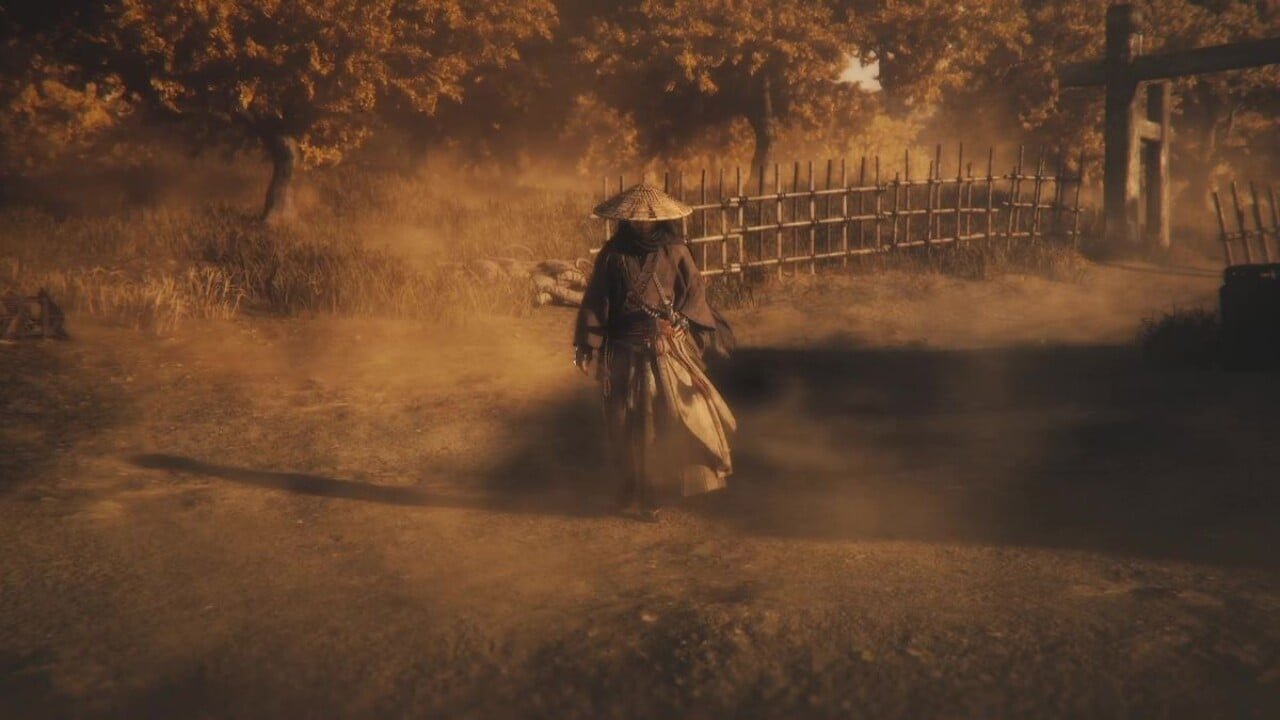Video game music has evolved rapidly from the 90s to the early 2000s, giving us some of the best themes and soundtracks. Even those who may not have played Halo: Combat Evolved know the first Halo theme. This is the reason so many symphonies cover iconic games now, just like how the Toronto Symphony Orchestra is hosting an upcoming event called “GameON!”, which will be playing songs from Bioshock, World of Warcraft, Assassin’s Creed and more at Roy Thomson Hall. Check out our contest to win tickets here until May 12.
Team NINJA and Koei Tecmo teamed up to essentially create an RPG mixtape of their previous video game hits to create and innovate Rise of the Ronin. The whole process of the game appeared to be super collaborative, from its development studios to its storyline structures. This souls-adjacent RPG allows the player to create and control two characters who grow into figures known as Blade Twins during Japan’s Bakumatsu period—300 years of the Tokugawa Shogunate’s tyrannical rule.
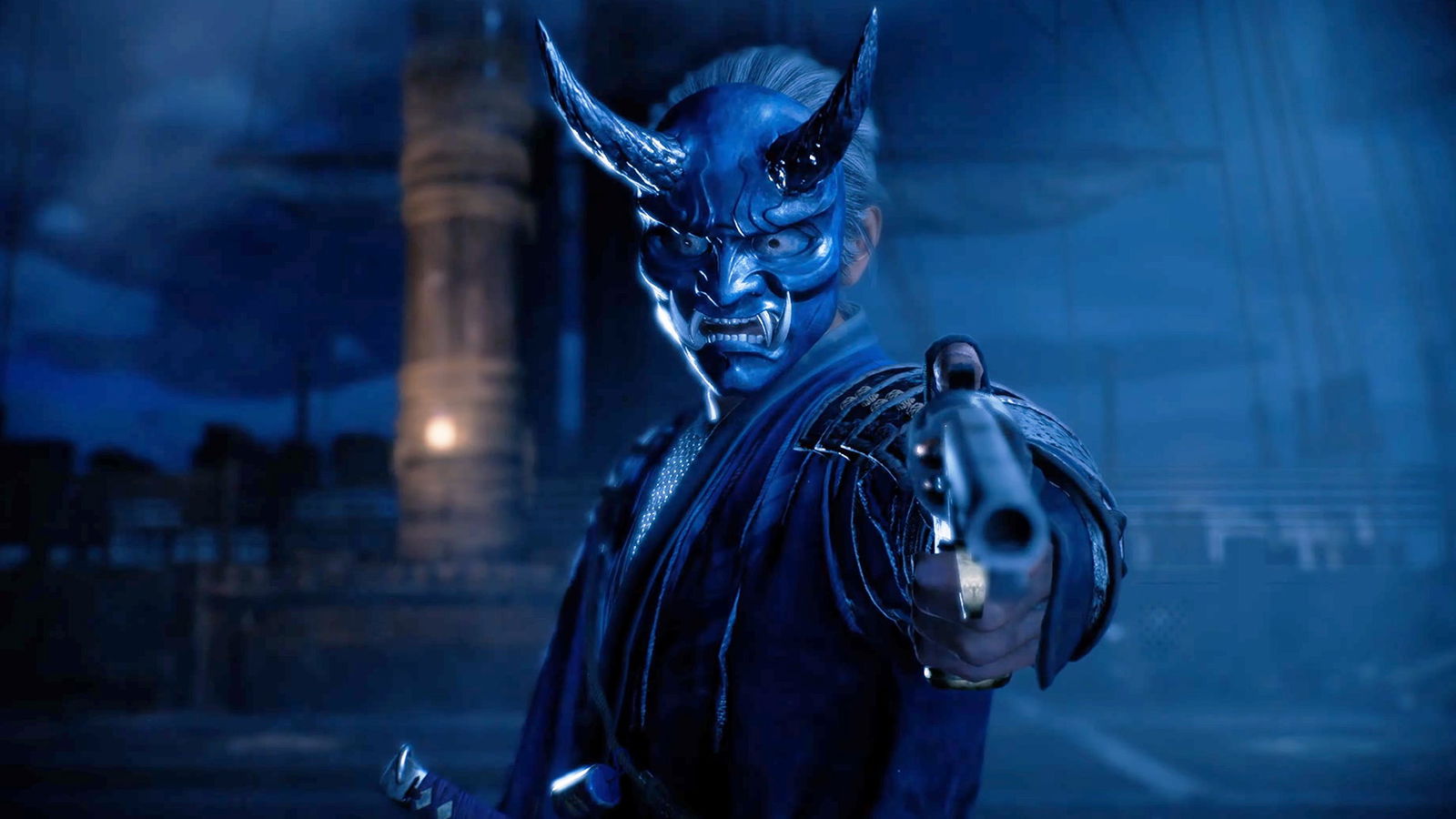
Where there was political strife in history and in this game, there was also a blending of cultures between Japan and its U.S. and British invaders. To capture the emotions from an audio experience, Emmy award-winner and three-time BAFTA-nominated composer Inon Zur had a challenging task to bring his latest video game ensemble, Rise of the Ronin, and its world to life through music.
His work on video game scores is endless! Fans will know Inon Zur’s work across over 80 video games, which include Dragon Age, EverQuest, Fallout, Prince of Persia, Star Trek, the Syberia series and Starfield. Yes, you heard that right! If you have been loving the latest Fallout TV series on Prime Video, you can thank Zur for paving the way for bringing that post-apocalyptic world to life through its score.
CGMagazine was able to have a long discussion on bringing this historical Japanese fiction video game to life with its heartfelt, bombastic score. Much like the partnerships and bonds forged in the game and out, Zur shared a lot about how his Western/Japanese blend of orchestral work culminated into the masterpiece of Rise of the Ronin.
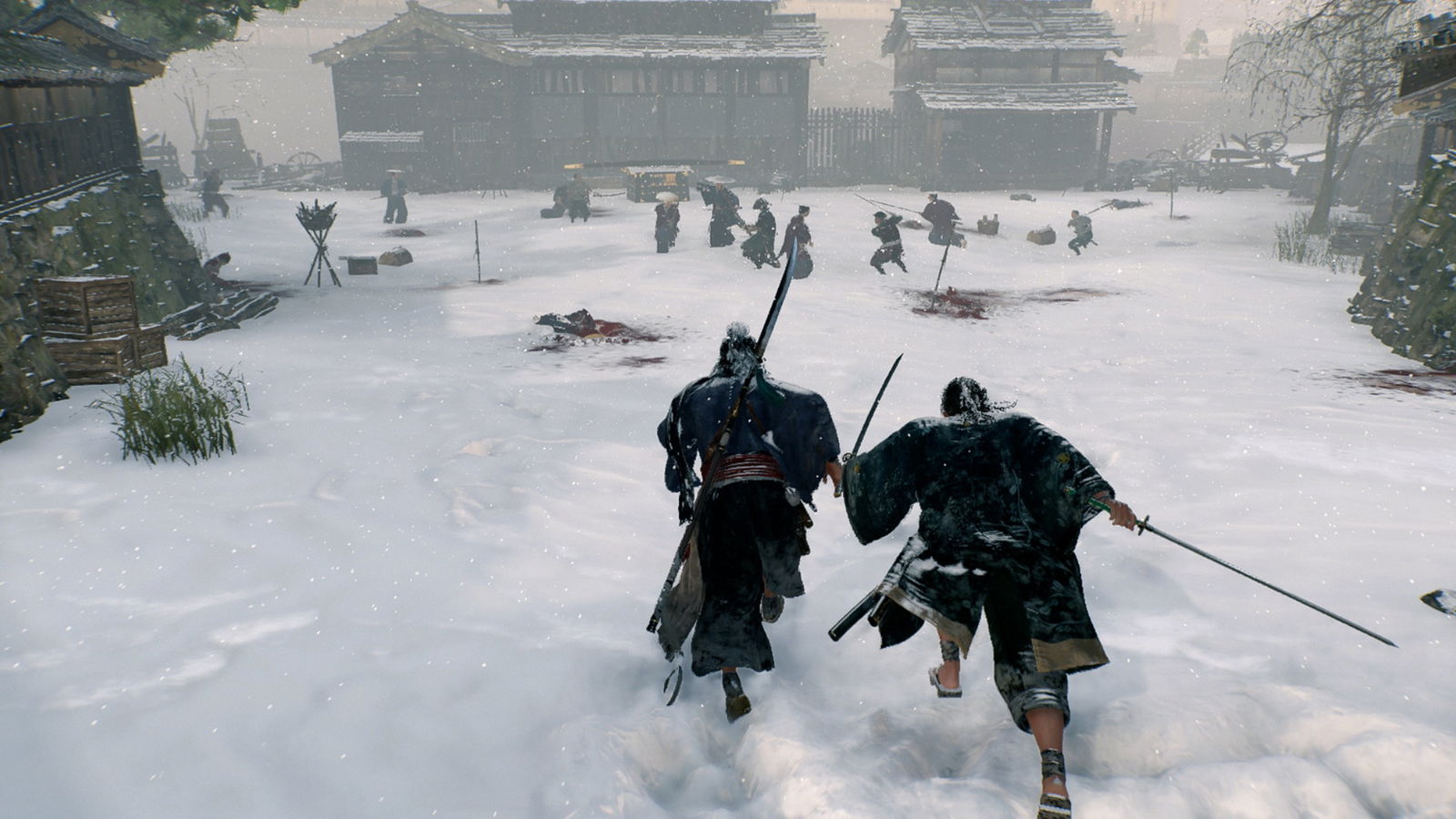
Coming off of your amazing score for Starfield and your performance at The Game Awards, when did you begin to start the work on Rise of the Ronin?
Inon Zur: I think I started somewhere around 2021. And there were a lot of discussions because, usually, Japanese companies are very comfortable hiring Japanese composers. There are no language barriers. And this game specifically, it’s about Japanese history and traditions. The obvious thing will be to go to a Japanese composer. So, I was really happy [Koei Tecmo] chose me but I was like ‘what is the angle that you’re looking for from a Western composer’?
They told me that since the game is speaking a lot about the historical and intervention of the Western world into Japan, they wanted to have Western culture and intervention musically also. And I said, sure! When I started, the first theme I wrote was the main theme. And if you listen to the main theme, it is a very Westernized theme. The melody, everything is not Japanese.
What I did was I weaved in instruments like the shakuhachi, the taikos and other traditional Japanese percussion. I’m doubling the harp with the koto, which is the Japanese harp. You are getting a Japanese vibe, but the actual music is very Western. And this worked really well with them.
The surprising element was after that, we started to go into real scenarios and scenes that were a very Japanese style. I studied a little bit of Japanese music, including Japanese scales, modes, and instruments, and I even learned how to play some of them! I bought a few of them, and I started writing more traditional. They actually really liked it, so then I continued. It came to be about 70% of the music was more Japanese-oriented, not Western-oriented. I don’t think that this is what they had in mind from the get-go, but they really liked where it went.
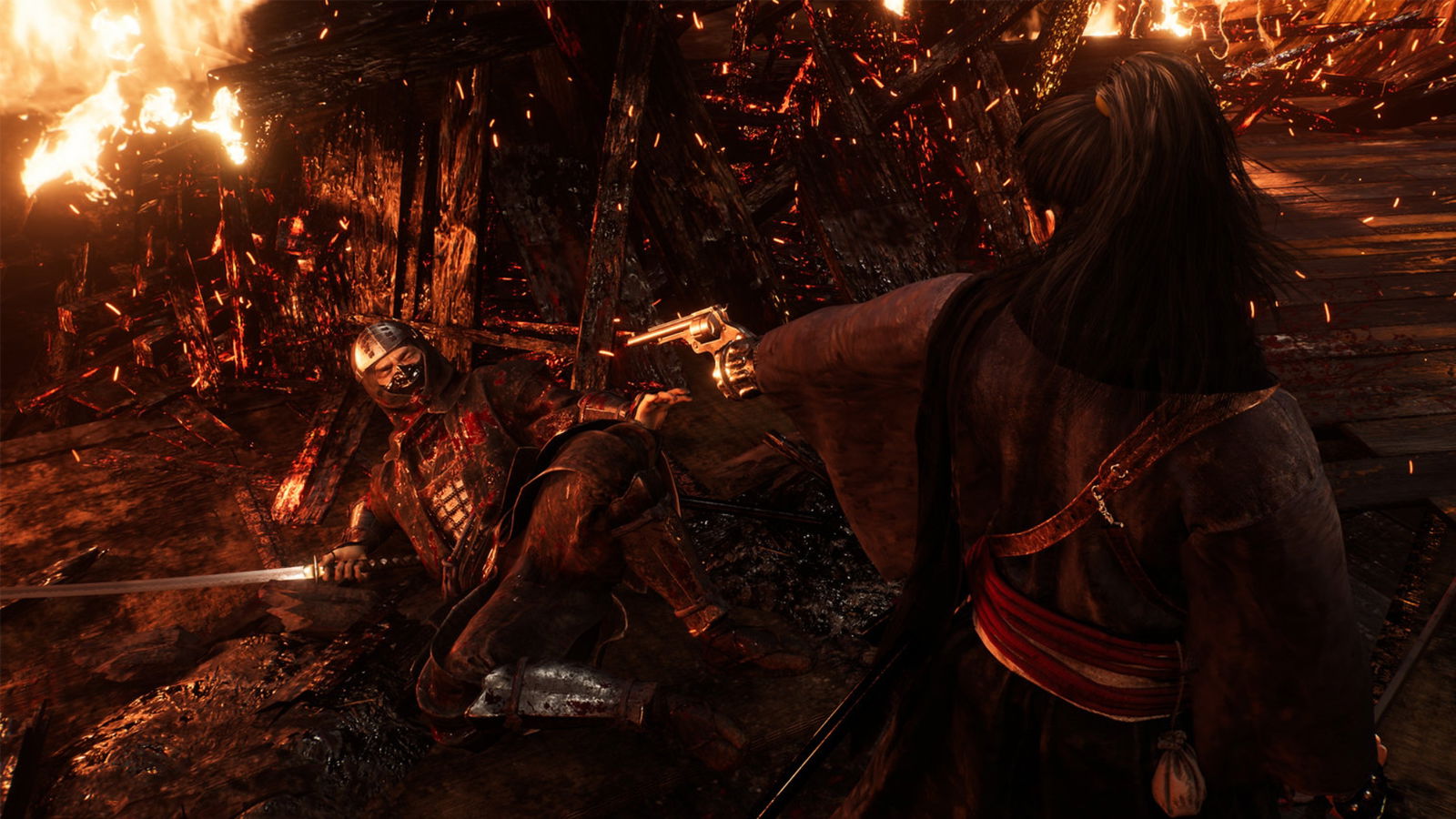
I really liked this era where you’re getting the Western influence in Japan. I thought the battle in Rise of the Ronin with the Shinsengumi theme was menacing, and you could hear the blending of instruments. The horns really came in hard at the beginning.
Inon Zur: Yeah and I composed almost close to 30 different combat scenes for the game. And each one of them has its own theme. I must say that that was one of the more challenging work, not only to write, but also to perform and conduct orchestras. I definitely found it somewhat challenging to play and to record it, and we’re talking like one of the best orchestras in the world. And still, we had to work really hard to make it sound that good.
I can imagine. What were some of those challenges specifically?
Inon Zur: Sure. For example, in order to make it sound like the traditional orchestral sound and Western sound, but more in a Japanese setting, I actually switched a lot between meters. It could be like 4/4 [time] and then 5/4 [time] and then 7/8 [time], and then going in between these. It’s really hard to find where am I on the tempo map. And I did it intentionally.
For me, as a conductor, it was a big challenge. Technically, these pieces are not easy to play. But I was very adamant about writing it this way, not because I wanted to make the musicians’ lives hard. But this is how I think I created the intensity of this battle. This is not a huge army against huge armies, but in many cases, it’s either one-on-one, two-versus-two, or four-on-four. Whether it’s more personal or more menacing and vicious, it’s all in there.
I felt that throughout the journey. The theme of the Blade Twins in Rise of the Ronin also stuck with me because that moment when they reunite and clash for the first time is so loud and bold. It definitely hyped me up.
Inon Zur: Well, thank you! Yeah, this is sort of like one of the central points in the whole game. Having them meet again is definitely a climax in the game. And we were very focused on how to create this as something that would be monumental—also from a musical point of view.
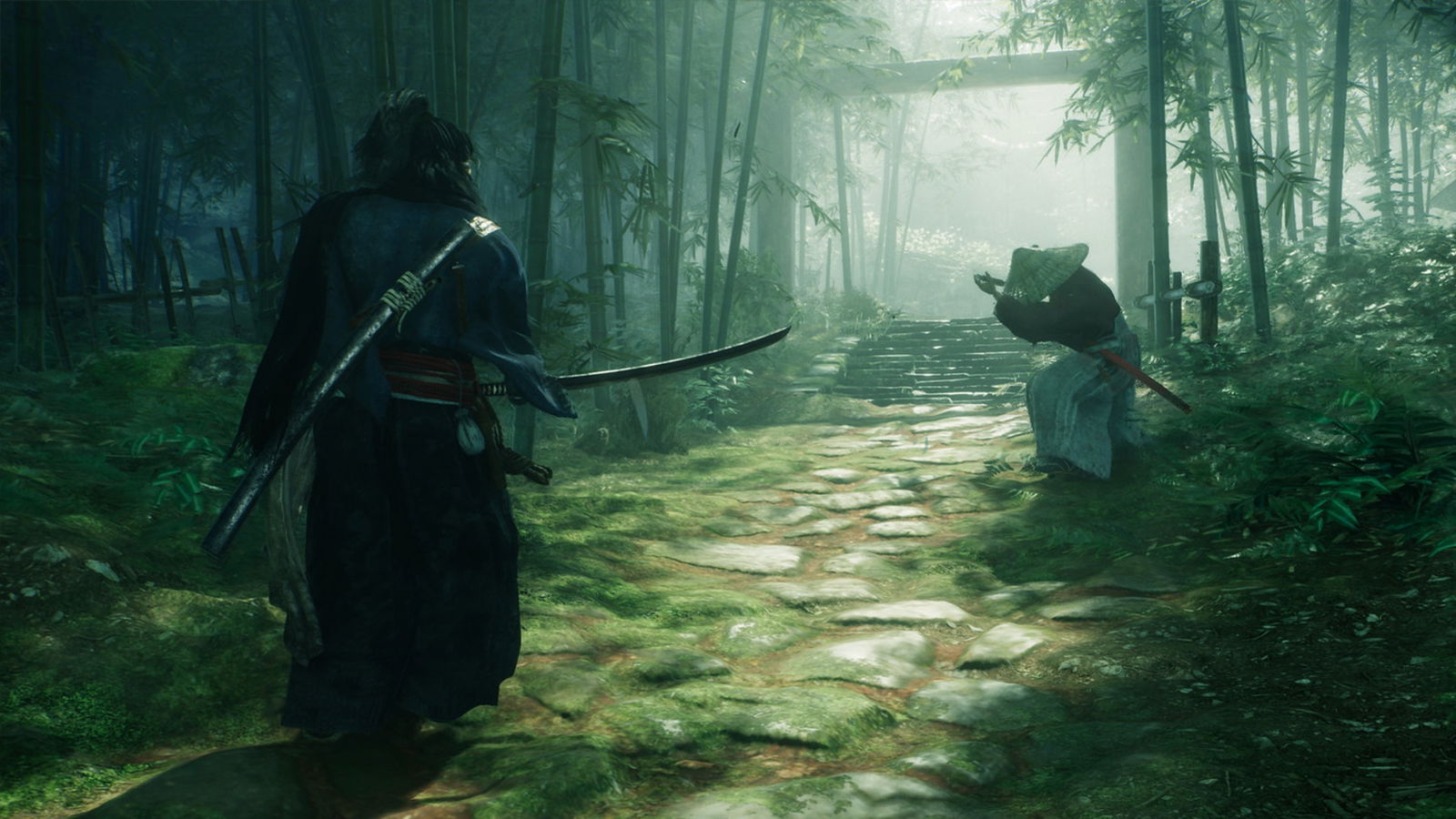
Speaking on the core theme(s), what was the one thing, sound, or melody that you wanted to stay in?
Inon Zur: I would say that, throughout the whole score [in Rise of the Ronin], I was pretty consistent about making the cello and the shakuhachi, sort of like the two voices that either collided, played together, or coexisted. This is something that was very important for me because having the shakuhachi—the Japanese traditional flute—playing Western-style melodies and having the cello playing Japanese-style. Together, they created the right match. I said, ‘Okay, this is something I really want to go over and really keep throughout the whole score.’ And that’s what I did.
I agree! This blend was a good call, and it’s really something you don’t typically hear.
Inon Zur: And it’s interesting because Isaku Kageyama, who is the head of the Taiko group, came to my studio to record and then I started playing him the music from the game. And his reaction was quite interesting. He was quite astonished. I asked, ‘What do you feel?’ and he said, ‘I feel that it is Japanese, but it’s a different Japanese’.
Because of my interpretation of Japanese music, I used all the modes, I used all the right instruments, but the way of thinking is more Western. And he totally pinpointed that and said, ‘this is what it is’. That’s what makes it unique to him, that it does sound Japanese-esque. But the writing is different; it is more Western.
I also feel like that concept of the hero’s journey carries over across the games you work on, from Fallout to Starfield to Rise of the Ronin.
Inon Zur: For Rise of the Ronin, it’s more about fate and faith. Both words are the two core elements in Rise of the Ronin, and the Japanese culture and tradition really hang on to these idioms. And because for them, they could sense every move and every idea has the weight of the fate of the person. And doing that, it’s very dramatic. There are not many subtleties when it comes to the emotions and the feeling inside Rise of the Ronin, and they’re all very vivid and very strong. So, the music had to bring it out.
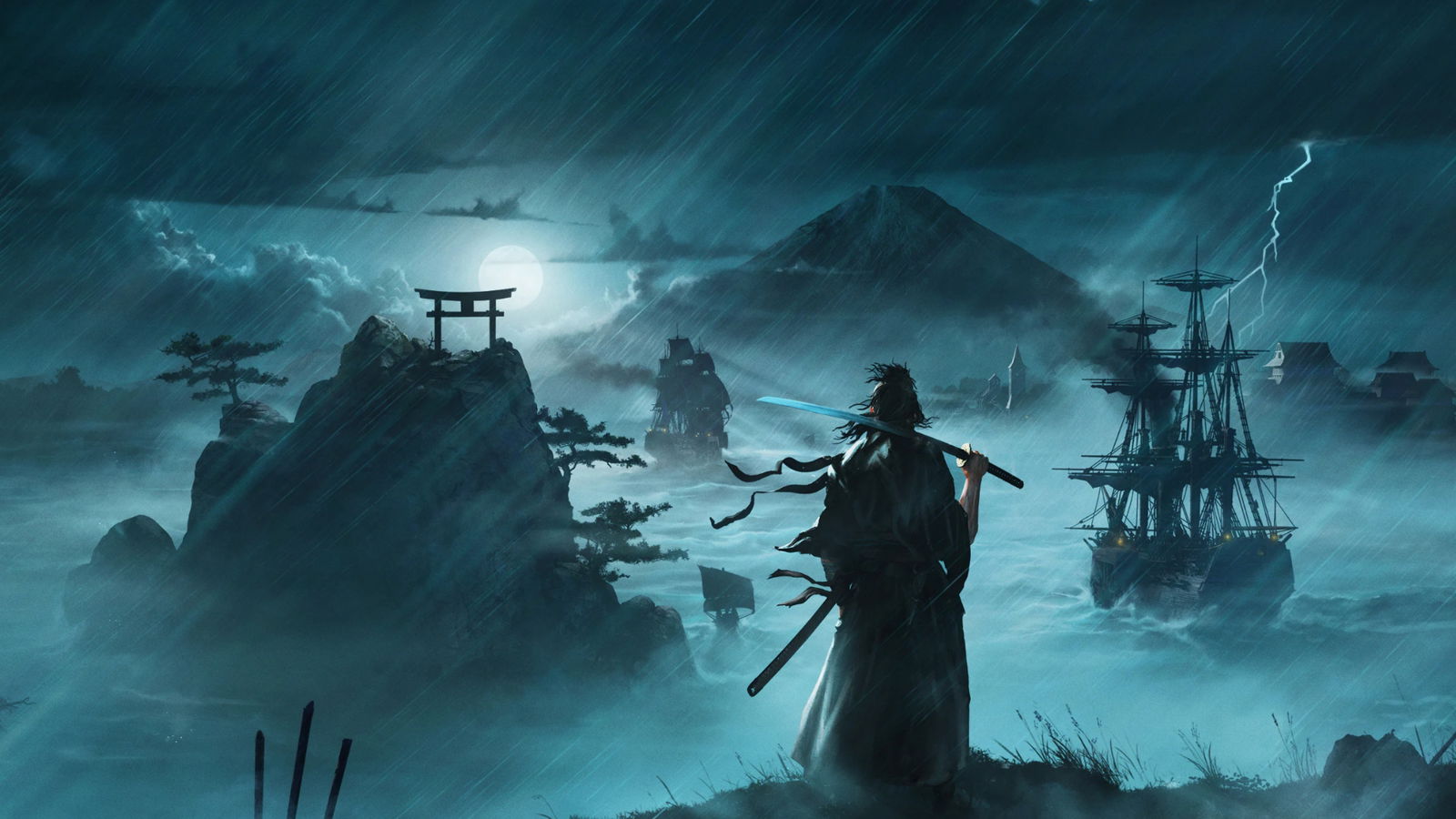
I felt like the music around Ryoma Sakamoto was strong throughout the game.
Inon Zur: Yeah, he’s your pal; he’s your friend; he’s your sidekick. He’s someone that you know is always trustworthy. So, it’s definitely something that, again, music helps bring out.
And lastly, what do you hope players take away from the experience of playing Rise of the Ronin?
Inon Zur: The biggest intention of the creators of the game was, on one hand, to really enjoy the gameplay. Japanese [studios], especially Team NINJA, are known for their fun and addictive gameplay. And they really wanted people to enjoy it. But on the other hand, because they brought the open world element and because they brought a very strong story, they also wanted players to immerse themselves into the story.
They want players to learn from it and have it teach them about the history or some parts of the history of Japan—and maybe even change their point of view about Japan and the culture. I think this is what they hoped that players would get out of this game, and I’m with them one hundred percent.
Awesome. Thank you again and take care.
Inon Zur: Thanks.
Additionally, if you are in the Los Angeles area in July, be sure to check out a special video game music concert show called “Heroes: A Video Game Symphony” featuring Zur and his music. Coming to the iconic Hollywood Pantages Theatre in Los Angeles on July 6, 2024, Rise of the Ronin‘s music will be making its debut performance. It will also pay homage to many other popular video game titles such as Final Fantasy, Metal Gear Solid, God of War and much more. Tickets are on sale now!
